Last Updated on October 25, 2022 by Dogs Vets
Top 7 Mountain Dog Breeds
Dogs are amazing creatures that can range from tiny pups perfect for apartment living to colossal canines that yearn to roam the mountainside.
If you’re interested in a larger dog, or just want to learn more about them – including the temperaments and exercise requirements associated with them – these are the great Top 7 Mountain Dog Breeds for mountain people:
1. The Tibetan Mastiff Dog
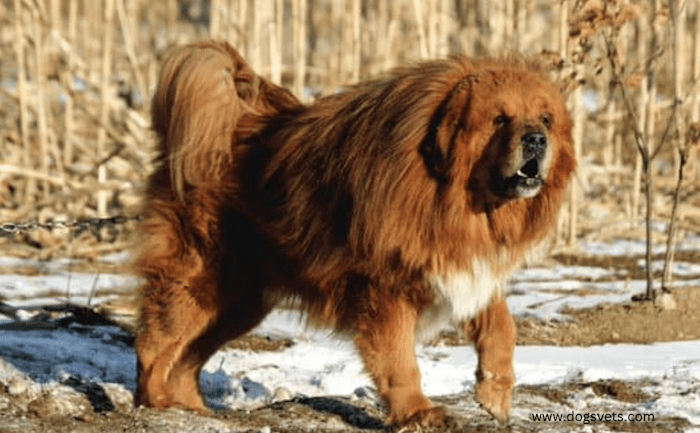
This independent breed protects its family and will stick around. Although the history of Tibetan Mastiffs is somewhat murky, the earliest written accounts of the breed occurred in China and the dogs didn’t come to the U.S. until the 1950s, according to the American Tibetan Mastiff Association (ATMA).
“People are initially attracted to their beauty or want a dog that not everyone has on the block.
If you have your heart set on a Tibetan Mastiff, you know that lots of exercise is required (lots of walks on a leash). However, Chambliss says this breed can be destructive and as puppies mature, they can become aggressive.
2. Entlebucher Mountain Dog
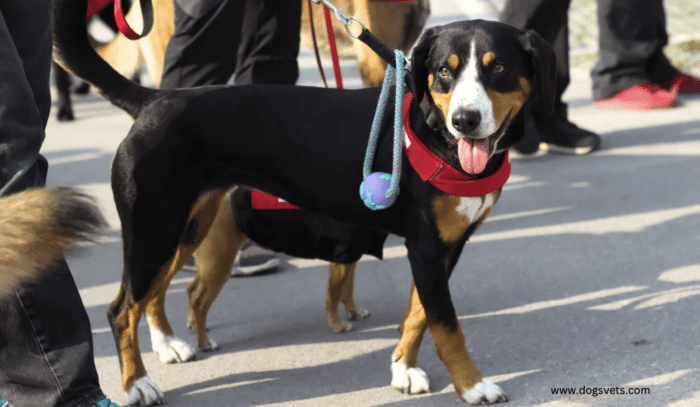
Entlebucher Mountain Dogs are definitely not for couch potatoes, as they need a lot of exercise.
“At a young age, the Entlebucher needs at least an hour of solid, heart-pumping physical exercise such as running, swimming or daily fitness,” says Joyce MacKay, co-chair of advertising for the National Entlebucher Mountain Dog Association.
“They also need at least an hour of mental stimulation where they can think and use their brains like obedience or trick lessons, puzzle toys or walks.”
Entlebucher Mountain Dogs, originally a herding dog, are good with children they grew up with, but are not usually friendly with other children who come home, MacKay says.
“For the right owners, they’re amazingly wonderful dogs,” she says.
“They demand to be part of your life, and they’re a lot of fun because of their intelligence, willingness to please and interactivity.”
3. The Bernese Mountain Dog
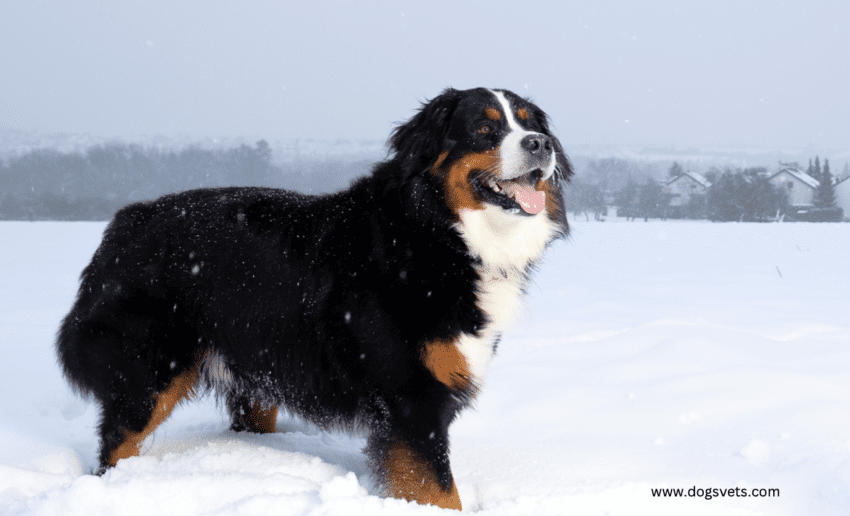
According to the Bernese Mountain Dog Club of America (BMDCA), the Bernese Mountain Dog was one of the most well-known dog breeds that was a guard dog on farms in the past.
If you think you might want to add one to your household, you’re not alone.
“Many people are attracted to the breed because of its beautiful appearance,” says Julie Latterell, president of BMPCA. “They have striking tri-color markings with happy, smiling faces. Puppies are especially attractive because of their fluffy appearance. “
She says it’s important to remember that these adorable puppies will eventually weigh 80 to 110 pounds
and need proper training to be a good family member.
This breed has different training requirements, she says, with some needing 30 minutes a day, but others much more.
Potential owners should also note that Bernese Mountain Dogs don’t do well in the heat, so exercise is needed during the summer months outside of peak season.
4. Appenzeller Mountain Dog
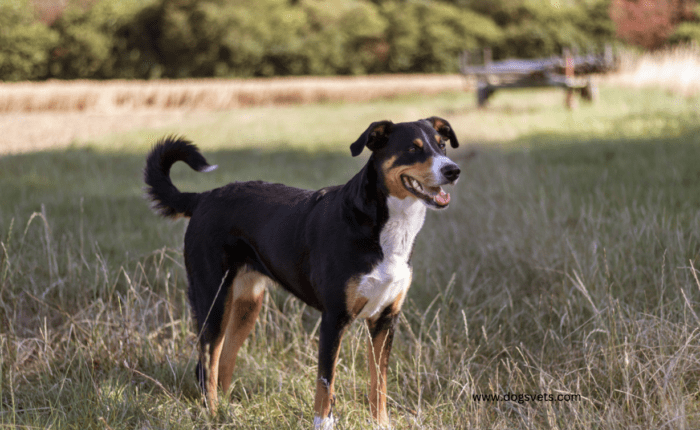
If you’re looking for an active companion, want plenty of room for a dog to run, and are already an experienced dog owner, an Appenzeller Mountain Dog should be on your list.
You need to keep this breed busy, says Paula Webber, vice president of the Appenzell Mountain Dog Club of America.
Whether it’s chores like gardening or herding on the farm, this breed wants to be involved.
Although Appenzeller Mountain Dogs can be difficult without effective leadership, they also have many endearing qualities.
The Appenzeller is a highly intelligent and energetic dog with a willingness to please, ” Webber says.
“The Appenzeller’s character has evolved from their work as an independent stockman and driving dog, and as a result they are very spirited and will happily take the lead.”
5. Leonberger Mountain Dog Breeds
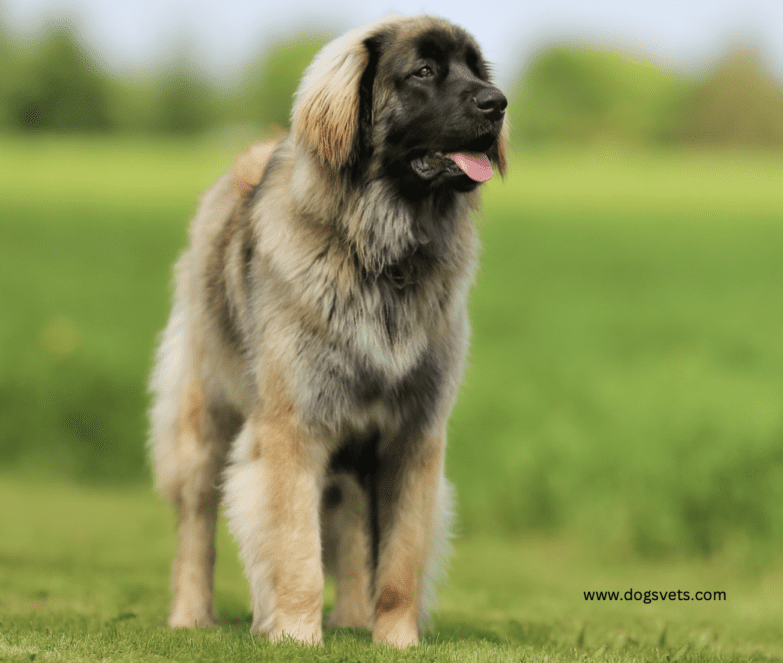
Leonbergers are less energetic than other mountain dog breeds.
They have long been popular in Europe and became better known in the U.S. in the 1970s, according to the Leonberger Club of America.
This breed is usually good with children and friendly, gentle and easy-going, says Andrew Patterson, co-vice president of Leonberger Rescue Pals.
They need to be part of a family and are often good therapy dogs, he says.
Once you’ve decided on a Leonberger, be prepared for heavy shedding in the spring and fall and large vet bills if medications or x-rays are needed because of their size. Potential owners should also know about the Leonberger’s love of water, Patterson says.
“They love water, which includes playing in their water bowl/bucket and often splashing everywhere,” he says. “They will play in water or mud and track that around the house.
If you’re the type who likes a spotless home, a Leo probably isn’t the dog for you. “
6. The Great Pyrenees Dog Breed
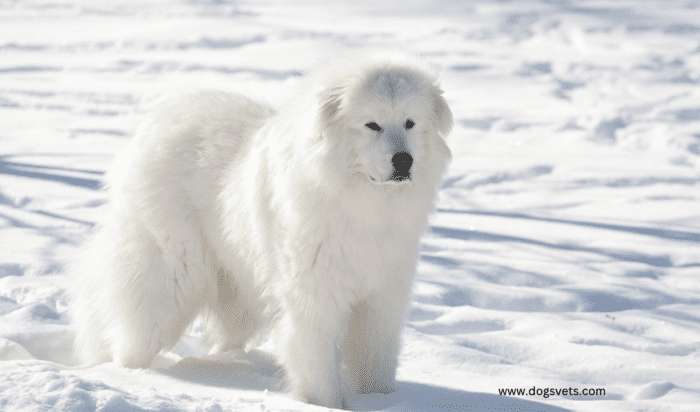
According to the Great Pyrenees Club of America (GPCA), Great Pyrenees dogs were brought to North America in the 1930s.
As a large breed, they require a lot of grooming, says Valerie Seeley, GPCA public relations officer. The organization also recommends spending 30 minutes a week grooming and brushing your Great Pyrenees.
This breed generally needs little exercise to be happy. Seeley points out that Great Pyrenees are generally independent, so they can sometimes resist commands.
7. The saint bernard mountain dog
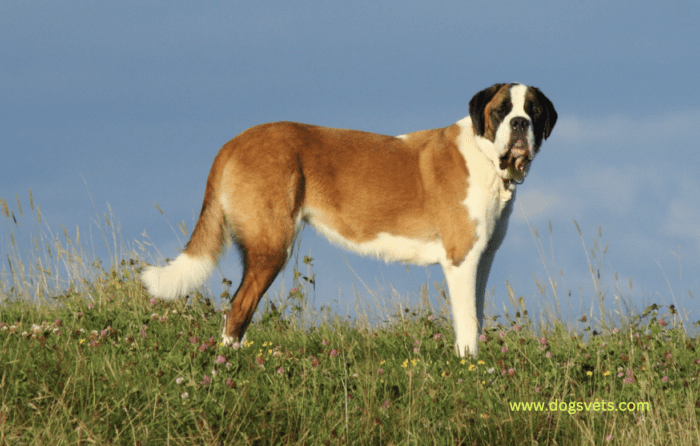
Saint Bernards are a popular family dog and generally good for children, says Colette Weishaar, corresponding secretary of the Saint Bernard Club of America.
Originally found in monasteries helping monks travel through the Snow Alps, the breed now thrives in homes with fenced yards.
“Adult Saint Bernards can relax and sleep a lot during the day,” Weishaar says.
“They don’t need a lot of exercise, but enjoy a short walk if it’s not too hot. Puppies like to play. It’s important not to over-exercise a puppy or a young St. Bernard. “
If you are interested in this breed, remember that St. Bernards shed, drool and drool: “There is no such thing as a dry-mouthed St. Bernard.
Questions People Are Asking
What do you call the large dogs that live in the mountains?
One of the four breeds of Sennenhund-type canines native to the Swiss Alps, the Bernese Mountain Dog (German: Berner Sennenhund) is a huge dog breed known as the Berner Sennenhund. These canines can trace their ancestry back to the Roman mastiffs.
What is a golden mountain dog?
Golden Retrievers and Bernese Mountain Dogs are the parents of a mutt known as the Golden Mountain Dog, which is a hybrid between the two species.
These puppies have acquired some of the greatest attributes from both of their parents, including being kind and friendly, as well as bright.
What is a Colorado mountain dog?
The Colorado Mountain Dog is a huge dog that may reach a height of up to 34-inches and has a build that is wonderfully proportioned, in addition to being well balanced.
They have a chest that is about average in size, a back that is strong and straight, long legs that are straight, and paws that are sturdy and cushioned. They have a thick tail that looks like a plume made of longer fur.
See also: Top 5 signs that a dog is dying – dog behavior before death
Fact Check
We strive to provide the latest valuable information for pet lovers with accuracy and fairness. If you would like to add to this post or advertise with us, don’t hesitate reach us. If you see something that doesn’t look right, contact us!
Reference: pawculture.com

















